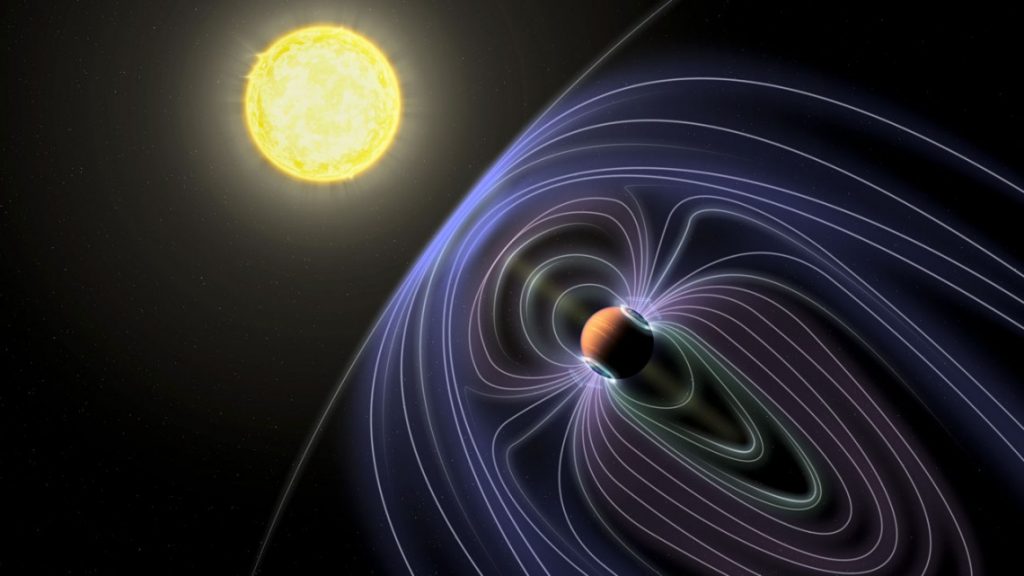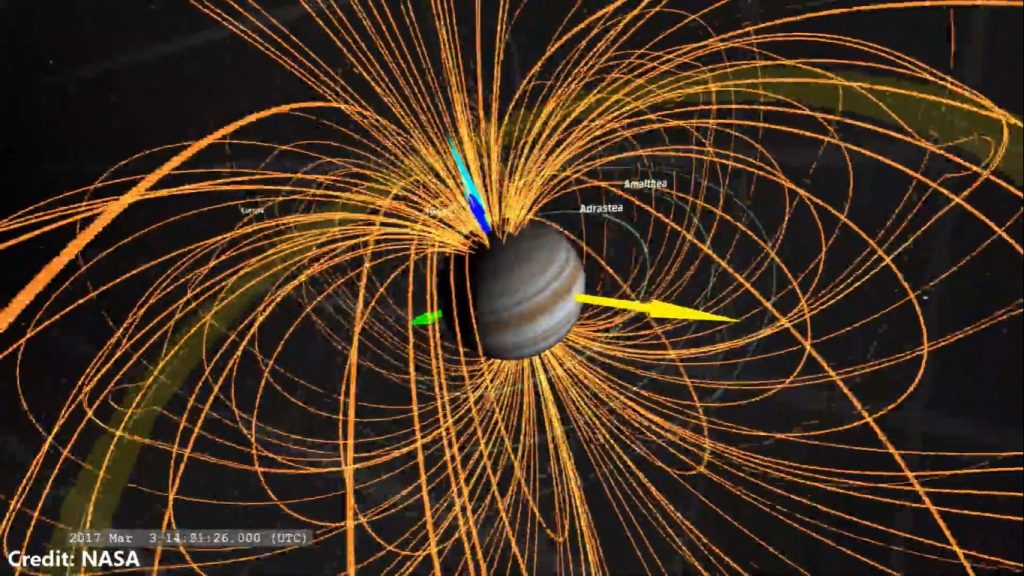
As per a report on Space.com, astronomers could have detected radio emissions from and exoplanet which is part of a one star system. The star system is beyond our sun and this discovery makes it unique as it is for the first time that such emissions have been detected from a planet beyond our solar system.
The team, led by Cornell postdoctoral researcher Jake D. Turner, Philippe Zarka of the Observatoire de Paris – Paris Sciences et Lettres University and Jean-Mathias Griessmeier of the Université d’Orléans will published their findings in the Astronomy & Astrophysics journal.
The astronomers behind the new research used a radio telescope in the Netherlands to study three different stars known to host exoplanets. The researchers compared what they saw to observations of Jupiter. During their research, one star system stood out: Tau Boötes, which contains at least one exoplanet. The researchers have said that if the detection holds up, it could open the door to better understanding the magnetic fields of exoplanets and therefore the exoplanets themselves.
“We present one of the first hints of detecting an exoplanet in the radio realm,” Jake Turner said. “The signal is from the Tau Boötes system, which contains a binary star and an exoplanet. We make the case for an emission by the planet itself. From the strength and polarization of the radio signal and the planet’s magnetic field, it is compatible with theoretical predictions.”
One of the co-authors of the findings Ray Jayawardhana, who is the Harold Tanner Dean of the College of Arts and Sciences, and a professor of astronomy said, “If confirmed through follow-up observations, this radio detection opens up a new window on exoplanets, giving us a novel way to examine alien worlds that are tens of light-years away.”
Turner and his team have already begun a campaign using multiple radio telescopes to follow up on the signal from Tau Boötes. Two years ago, Turner and his colleagues examined the radio emission signature of Jupiter and scaled those emissions to mimic the possible signatures from a distant Jupiter-like exoplanet. Those results became the template for searching radio emission from exoplanets 40 to 100 light-years away.

Using the Low Frequency Array (LOFAR), a radio telescope in the Netherlands, Turner and his colleagues uncovered emission bursts from a star-system hosting a so-called hot Jupiter, a gaseous giant planet that is very close to its own sun. The group also observed other potential exoplanetary radio-emission candidates in the 55 Cancri (in the constellation Cancer) and Upsilon Andromedae systems. Only the Tau Boötes exoplanet system – about 51 light-years away – exhibited a significant radio signature, a unique potential window on the planet’s magnetic field.
Observing an exoplanet’s magnetic field helps astronomers decipher a planet’s interior and atmospheric properties, as well as the physics of star-planet interactions, said Turner, a member of Cornell’s Carl Sagan Institute.
The researchers are interested in detecting radio emission from planets because such information may help scientists decipher what’s happening in the same worlds’ magnetic fields. Those magnetic fields, in turn, influence conditions on the surface of the planet — Earth’s magnetic field for example protects the atmosphere that makes the world one where humans can survive. Such magnetic fields can also tell scientists about other qualities of a world, like its structure and history.
